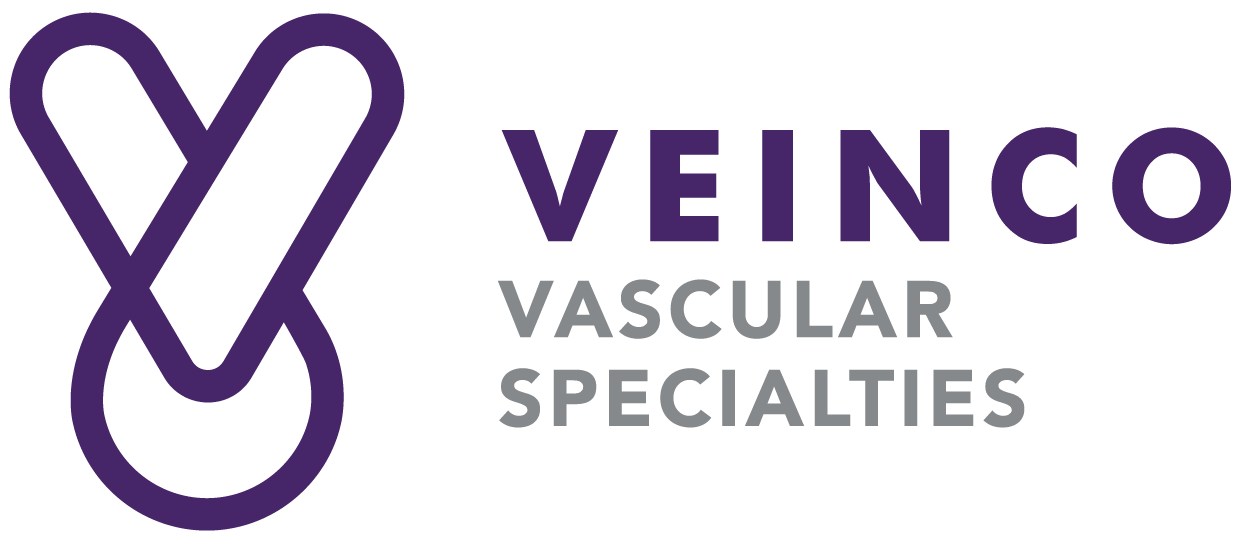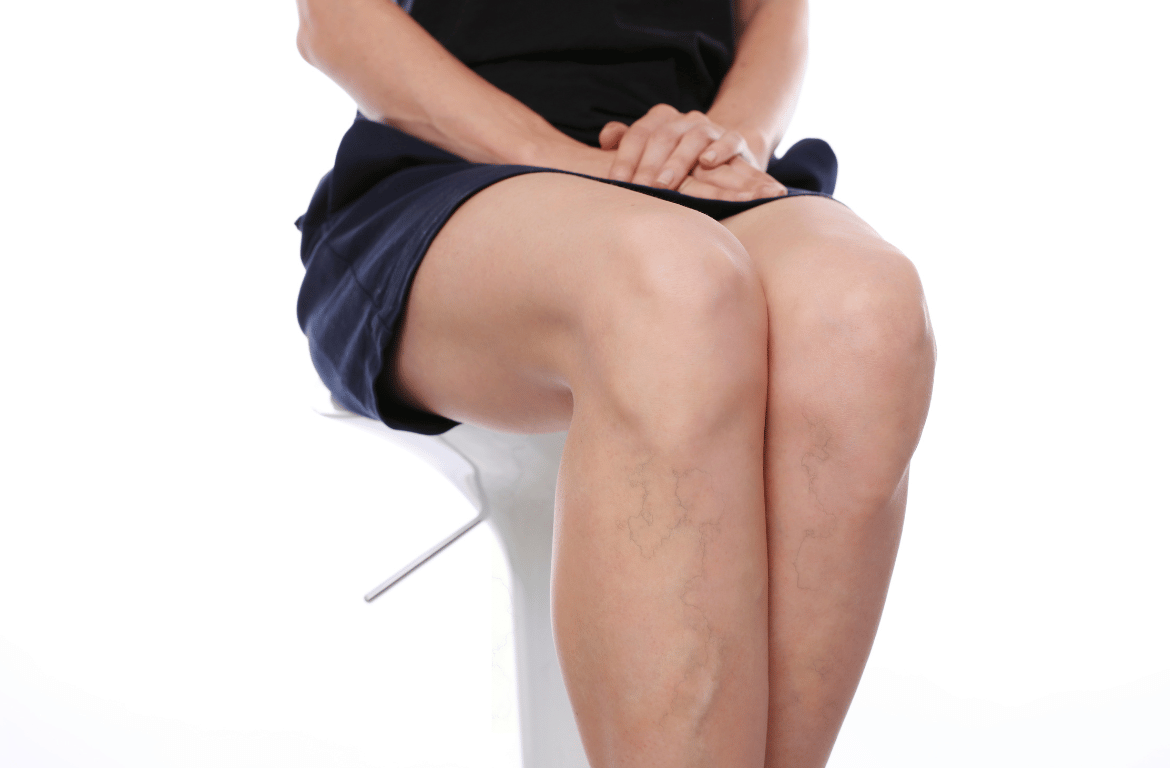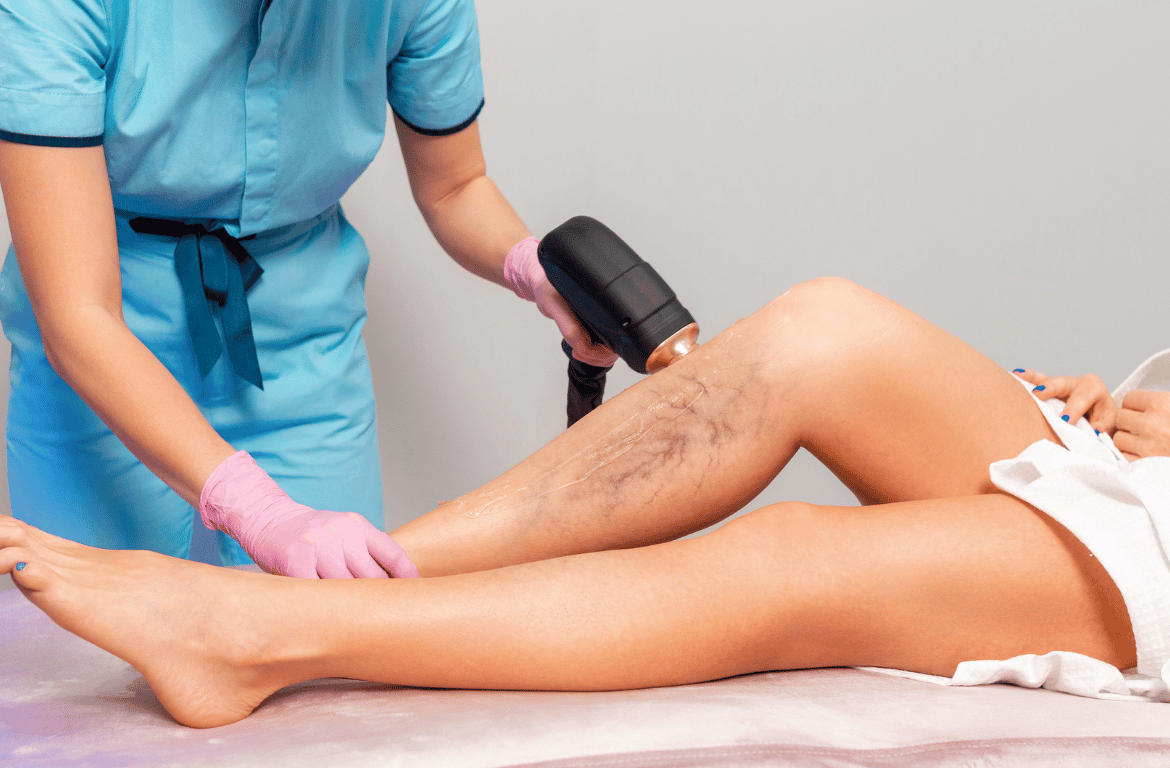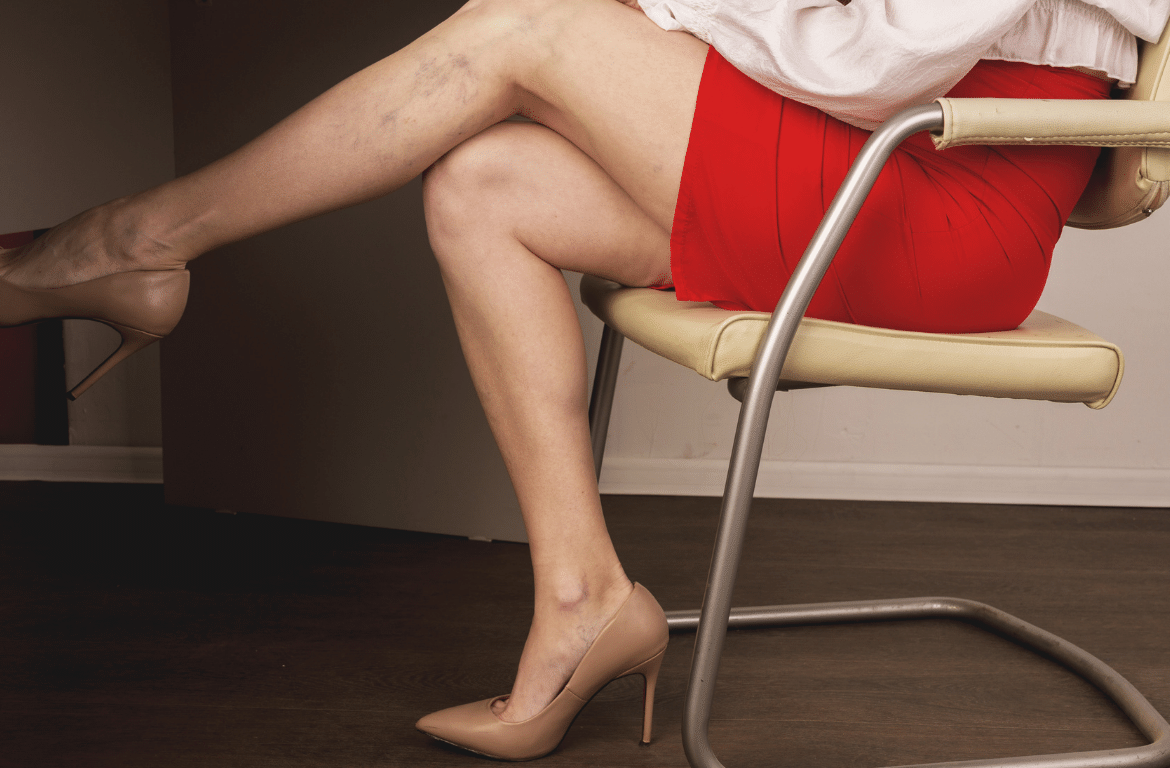Walking, running, or even dancing are just some activities humans do naturally and are part of everyday life. However, being able to do it freely can be taken for granted until problems that affect the health of our legs are experienced. Today we will talk about varicose veins vs. spider veins, two issues that increasingly affect more people.
Beautiful and strong legs today are not just a feminine matter; both men and women of all ages want to enjoy health and freedom of movement. Currently, investing in your quality of life, both present and future, is something you can achieve by being attentive to your body’s big and small changes.
Also, you can accomplish this by having specialized medical help that seeks to help you improve your physical well-being.
Varicose veins vs. spider veins: A different problem, but with a lot in common
Did you know that vein problems frequently occur for similar reasons? One of the leading causes is a disease called venous insufficiency, which affects the performance of valves in blood vessels. Even so, it is essential to distinguish between varicose and spider veins. This will allow better health in the legs to be promoted, problems to be treated in time, and the appropriate treatment of spider and varicose veins in each case.
When we talk about varicose veins and spider veins, the main difference is based on this problem’s appearance, severity, timing, and progress of this problem. For some, it is simply a problem of aesthetics. However, for many, it has become something more complex. This is because serious health problems can develop that affect the comfort with which the legs perform their function.
What is a varicose vein, and how is it distinguished?
These are dilated veins that become visible through the skin. It is due to the blood flow that circulates through the veins poorly and causes them to swell and twist under the skin. So begins an enlargement of the vein that becomes more and more evident. In turn, this causes people to feel tired legs, pain, swelling, hot to the touch, bleeding, difficulty sleeping, and other discomforts.
How to distinguish varicose veins:
- They usually develop in the legs, ankles, and calves.
- They are large or jumped veins on the surface of the legs.
- They are reddish, blue, or even bluish-green.
- They usually twist and form edges.
- Sores that take time to heal may also develop.
What is a spider vein, and what are its characteristics?
Spider veins are the form of varicose veins in their earliest stage. In the same way, it begins to present dilation in the venous walls and an accumulation of blood. However, these begin to appear in a subtle and even almost invisible way. Spider veins do not distinguish age, as they can start to develop in young men and women, as well as the elderly. And although they usually cause practically no discomfort, it is vital to attend to them since, over time, they can become varicose veins.
Features of spider veins:
- Spider veins are smaller or thin lines on the legs, feet, buttocks, chest, or face.
- They are shaped like spider webs or tiny threads less than 1mm in diameter.
- They are usually reddish, although there are also blue or purple.
- They do not usually cause pain or swelling.
- Spider veins don’t always turn into varicose veins.
Practical measures that can relieve the symptoms of varicose veins or spiders
It is important to consider the conditions that can trigger the appearance of varicose veins and spider veins before applying preventive measures or specialized treatments. While some people have a greater tendency because of their family history, others increase their odds due to a sedentary routine, occupations that require prolonged standing, age, or weight gain.
Similarly, women are usually more likely to develop these problems at some point in their lives, such as after pregnancy or menopause. And those who already suffer from spiders or varicose veins may experience more intense symptoms during their menstrual cycle, such as increased heaviness or pain. Occasionally thrombophlebitis can also develop, which are blood clots accompanied by inflammation, so it is necessary not to ignore the signs.
Other factors that can predispose a person to the development of varicose veins are the use of birth control pills or important hormonal influences. Also, it is believed that some conditions cause pressure in the abdomen, such as constipation, tumors, trauma, and exposure or garments use, such as girdles that apply too much pressure. It is worth mentioning that spiders and varicose veins can develop at different points deep under the skin, so sometimes their detection requires specialized technology.
Even so, there are practical measures that can improve varicose veins vs. spider veins:
- Elevating your legs above chest level several times a day.
- Wearing compression stockings.
- Maintaining a healthy weight.
- Breaking sedentary habits.
- Eat a low-salt diet to reduce bloating and water retention.
- If you need to sit or stand for a long time, take breaks every 30 minutes.
Are the treatments different in each case?
Yes. Currently, there are a variety of alternatives to treat varicose veins or damaged veins. A doctor will evaluate these conditions and the extent of the damage that each vein has suffered. Usually, since spider veins are distinguished by being at an early stage and do not pose a health threat or reduce a person’s quality of life, they can be reverted with a cosmetic or aesthetic treatment such as sclerotherapy.
Instead, when it comes to varicose veins, specialists evaluate the state of the veins and the symptoms they present. Sometimes non-surgical treatments may be recommended. Nevertheless, when people experience the presence of varicose veins in an advanced stage, it is necessary to apply a minimally invasive treatment, such as outpatient surgery. However, the methods are safe and require short recovery times.
Here are some of the most common treatments for varicose veins vs. spider veins using the latest generation medical equipment:
- Laser ablation (Biolitec®)
- Radiofrequency ablation (ClosureFast®)
- Medical-grade glue (Venaseal®)
The health of your legs in the hands of the best specialists
Unfortunately, one of the reasons why vein problems become annoying varicose veins is the need for more knowledge about how to treat them. In many cases, people begin to seek help when symptoms occur that have already started to affect their daily lives. But did you know that there are doctors specialized in offering timely treatments for varicose vein problems with the most modern medical equipment?
Whether you have spider veins, varicose veins, or both, there are effective methods to treat them today. We invite you to go to experts with more than 20 years of experience and thousands of successful procedures that support them. Contacting them is very simple. You can email hello@veinco.com.mx or call (888) 568 3409. Varicose veins and spider veins cannot prevent you from enjoying beautiful and healthy legs.



